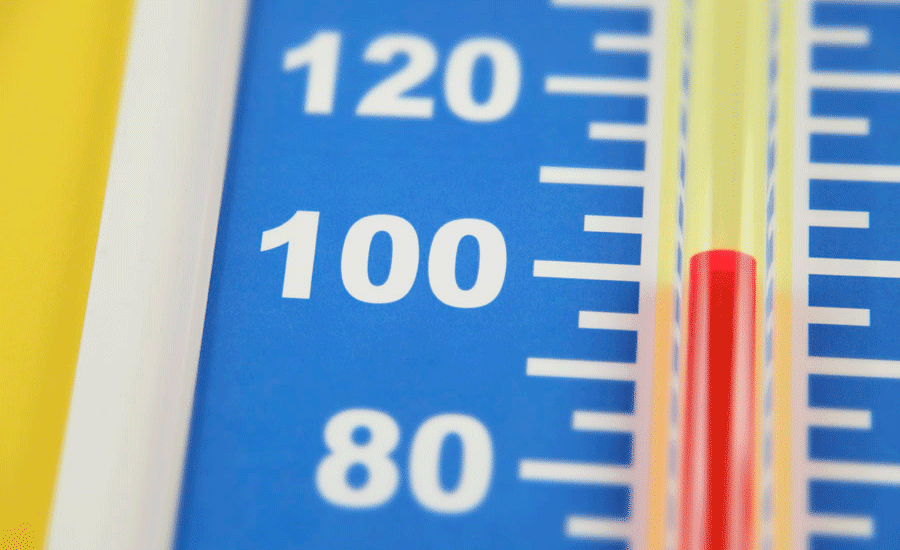By Brenda Jacklitsch, MS
NIOSH and OSHA recently released the redesigned, co-branded OSHA-NIOSH Heat Safety Tool App. This version replaces the app previously created by OSHA in 2011. The app calculates the heat index at outdoor worksites using the smartphone’s geolocation capabilities to pull current weather conditions from the National Oceanic and Atmospheric Administration (NOAA) satellites. Based on the calculated heat index, users are provided specific sets of recommendations for protections against the heat. Workers and managers can use these recommendations to adjust their work environment. The app recommendations were updated to reflect information found in the NIOSH Criteria for a Recommended Standard: Occupational Exposure to Heat and Hot Environments (published in 2016). Along with updated recommendations, the co-branded app has new features and improved usability. With a basic understanding of the heat index, the app is a useful tool for working safely outdoors.
What is the Heat Index?
The heat index is a measure of how hot it feels when relative humidity is taken into account along with the actual air temperature. It is important to note that since heat index values were devised for shady, light wind conditions, exposure to full sunshine can increase heat index values by up to 15°F.
The National Weather Service uses the heat index values to issue heat alerts, such as:
- Excessive Heat Outlook – Extended excessive heat (heat index of 105°F-110°F [41°C-43°C]) over the next 3 to 7 days.
- Excessive Heat Watch – Excessive heat may occur within the next 24 to 72 hours.
- Excessive Heat Warning – The heat index will be life threatening in the next 24 hours. Excessive heat is imminent or has a high probability of occurring.
- Excessive Heat Advisory – The heat index may be uncomfortable but not life threatening if precautions are taken.
In addition, the heat index chart uses four bands of color associated with four risk levels.
Since workers in hot environments experience heat stress from a combination of environmental factors and metabolic heat from the tasks they are performing, OSHA modified some of the heat index cutoffs to create heat index-associated protective measure for worksites.
When should I use the heat index?
The heat index and wet bulb globe temperature (WBGT) are both used to...Click here to read the rest of the blog post.


